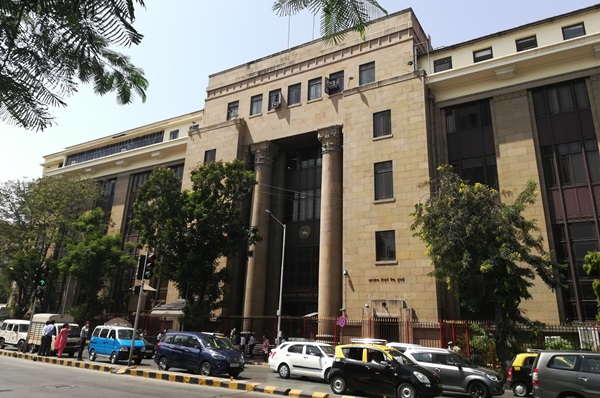.png)
RBI Chooses Growth Over Inflation As Tariff War Clouds Intensify
The RBI’s shift to an accommodative stance signals a growth-first approach, but its crisis response still feels too mild for the storm brewing.


Abheek, an independent economist and ex-Chief Economist at HDFC Bank, provides deep insights into financial markets and policy trends.
April 9, 2025 at 7:46 AM IST
It is useful to assess the latest monetary policy announcement in terms of the questions raised by the global and domestic macroeconomic backdrop—and the way the RBI chose to answer them.
First, the intensifying tariff war launched by the US poses the risk of stagflation, with slowing global growth and inflation going hand in hand. This leaves central banks with the task of choosing which battle to fight more ferociously—the one on income deceleration or the one on potentially spiralling inflation.
It is to the RBI’s credit that it picked the right fight, prioritising its growth challenge over inflation. The critical marker was the change in the RBI’s stance from “neutral” to “accommodative” alongside the rate cut. The changes in its key forecasts for GDP and inflation—GDP growth lowered from 6.7% to 6.5% and inflation from 4.2% to 4.0% for 2025–26—though somewhat mild, also reinforced its priorities.
Going forward, a series of rate cuts appears likely and three more this fiscal year seems plausible, making this a “deepish” cut cycle.
The second question that one may well ask is the following: the barrage of US tariffs and countermeasures from some of its partners was stronger than expected. It might not be an exaggeration to say that we are at the beginning of a pretty heavy-duty global crisis reminiscent of the Great Financial Crisis of 2008 and COVID. Given all this, did the RBI’s monetary policy communication come from a crisis-management playbook or from a more humdrum “business-as-usual” script?
While the change in stance, the reference to trade frictions and the perils of uncertainty did tick some of the crisis boxes, the policy response did not go far enough. Seasoned crisis watchers would argue that global shocks of this kind work through multiple channels, and the impact on any economy is invariably underestimated in simple Excel-sheet calculations.
The use of general equilibrium models, relied on by rigorous economists, is not an academic indulgence. It captures some of the complex interlinkages of markets and economies and the transmission and amplification of initial shocks over time. The 20 or 30 basis points reduction in growth for 2025–26 that most market economists and the RBI have produced seems insufficient.
Exact estimates might be difficult to produce overnight—even for the RBI with its research heft—but a more detailed discussion of the complexity of the shock was warranted. In terms of action, a front-loaded 50 basis point cut would likely have been the optimal counter to an evolving crisis.
There is a fine line between caution and procrastination, and since monetary policy works through lags, the quicker a central bank is off the block in tackling a crisis, the better it is for both the economy and financial markets.
Still, there is an argument that deviating sharply from consensus expectations signals panic. Being fleet-footed also has its costs, which the RBI perhaps factored into its decision. Mercifully, the accommodative stance opens up room for out-of-policy monetary action that the central bank may have to resort to should the global situation turn worse.
Finally, did the monetary policy address the financial stability question comprehensively enough? A global shock of the current kind has diverse and often insidious ways of impinging on financial stability. At the macro level, capital flight and shortage of dollar liquidity remain key risks.
At the micro level, global recessionary impulses can lead to cancelled orders and depleting demand for firms of different shapes and sizes. This would ultimately impact their ability to service loans. Merely emphasising the current balance-sheet strength of India as a stability indicator is too static a view of what is a dynamic, evolving risk.
It is hoped that the central bank has a set of sharp, targeted measures in place should stability be compromised. End



